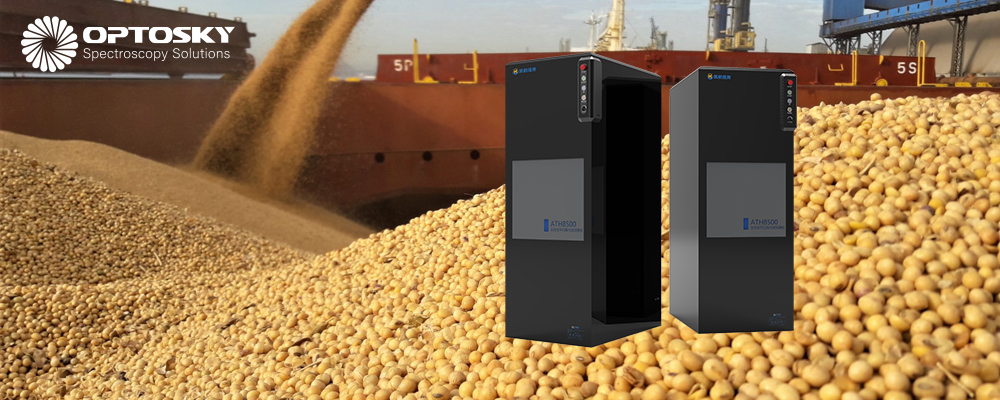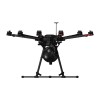Using Hyperspectral Imaging Classifying Soybean Varieties
In recent years, hyperspectral imaging has been widely used in soybean varieties classification because of its advantages of rapid nondestructive measurement. Image acquisition, preprocessing, and feature selection are used to obtain different types of soybean hyperspectral features
Soy is the world's main oil crop and is also used as a high-protein food and feed. Different soybean varieties have different nutrients (oil, protein, fat, etc.) and different biological characteristics. Identification of soybean seed varieties is the key to improve soybean quality. It is greatly significant that a reliable, rapid, and accurate technique is used to detect soybean varieties during the processing and planting of soybeans.
Traditional seed variety identification methods include seedling morphological identification, field planting identification and electrophoresis analysis. But these methods are time-consuming and disruptive.
In recent years, hyperspectral imaging has been widely used in soybean varieties classification because of its advantages of rapid nondestructive measurement. Image acquisition, preprocessing, and feature selection are used to obtain different types of soybean hyperspectral features.Based on these features, one of ensemble classifiers-random subspace linear discriminant (RSLD) algorithm is used to classify soybean seeds. The classification accuracy of RSLD can reach 99.2% when soybean is classified by spectral features. Therefore, the integrated classification algorithm RSLD can maintain high classification accuracy when different classification features are used.



















Comments: 0
No comments